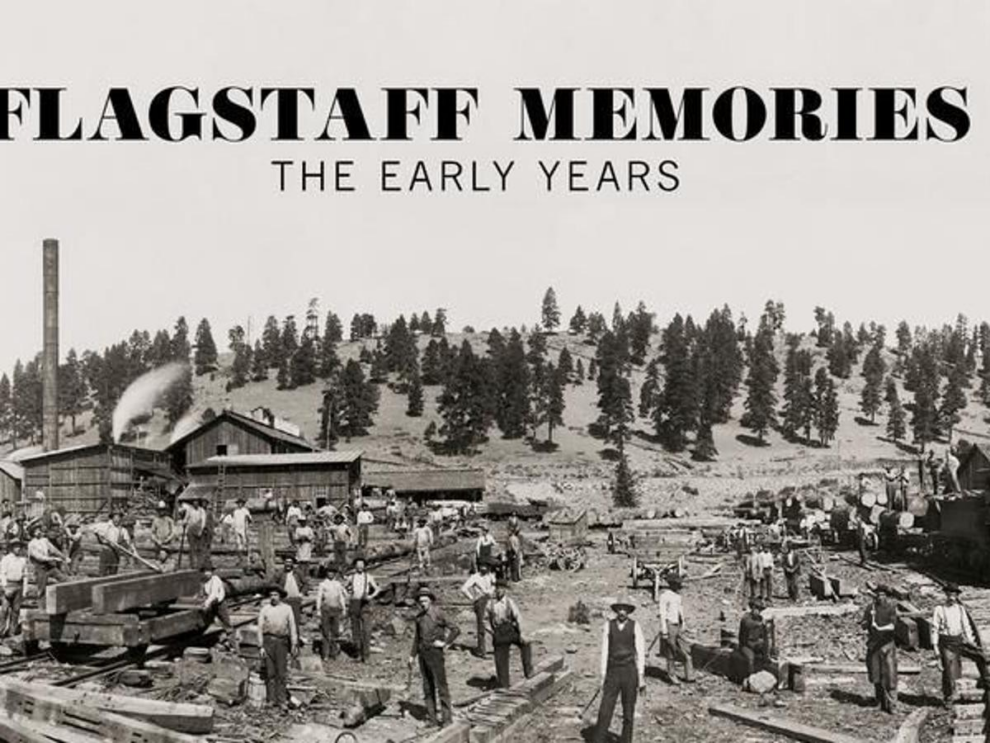100 years ago
1923: Wonder if there is any other city in the United States the size of Flagstaff that offers such splendid educational advantages or where there is so much invested in school building and equipment? The investment in schools in Flagstaff is more than a million dollars. The Normal School investment amounts to at least $700,000; the Flagstaff High School investment to $210,000; Emerson Grade School to more than $75,000 — probably $85,000. The Brannan Grade School amounts to anywhere between $6,000 and $10,000. Then there is St. Anthony’s Academy, Catholic. In the absence of Fr. Vabre, no accurate figures could be obtained.
In 1893 the territorial legislature appropriated one-half mill for a reform school to be located at Flagstaff. In 1897 an appropriation of three-tenths of a mill was allowed, but the institution was changed to an insane hospital. Apparently it was difficult, at that time, to find anyone to reform or any sufficiently peculiar to be classed as insane, so that the legislature of 1899, under pressure from the northern part of the state, again changed the name and purpose and established the Northern Arizona Normal School in the building that the taxes heretofore mentioned had by this time made possible, located upon approximately 130 acres of ground south of the tracks of the Santa Fe. In 1903, a boys’ dormitory was added, now called Taylor hall. In 1907, a girls’ dormitory was authorized, since named for Francis H. Bury.
75 years ago1948: The two large sawmills at Flagstaff, Southwest Lumber Mills, Inc., and Saginaw & Manistee Lumber company will halt operations for several weeks, managers said today. The usual season shutdown at Southwest starts today, according to Kenneth Gutman, manager, and Jack Bedford, manager of Saginaw, said his mill will halt operations a week from tomorrow. Southwest will continue to operate shipping and yard departments and the planning mill without interruption.
The Saginaw plant will close completely for two weeks, and then the planning mill and box factory will be re-opened. Demand for lumber has slackened somewhat in recent months, both managers pointed out, but this factor had no part in the decisions to close down for a few weeks. The closing is seasonal and is for the purpose of repairs and improvements, and is also partly caused by weather conditions.
A veterinarian’s fight to keep a two-headed calf alive through the use of penicillin failed. The animal died last night at the Cowan ranch, where it was born Monday. The drug was used by veterinarian F.F. Schmidt when the calf developed pneumonia soon after its birth. The animal might have lived, Schmidt said, had it been possible to obtain a nurse to feed it through tubes. Tube feeding was necessary, he said, due to the formation of the calf’s mouths, which were tufted. It would have required special tube feeding every day of its life had it lived, Schmidt said. The calf was the third two-headed animal born on the Cowan ranch in the last two years. The others were born dead.
50 years ago1973: Flagstaff’s new city manager, Charles K. McClain, has been on the job just more than a month. In some respects, he talks like a lifelong resident. “Our No. 1 problem,” the 33-year-old manager says, “is solving the water situation. How much water do we have available? How much is it going to cost to develop? Where does the money come from?” McClain became manager on the eve of official announcement of the national energy crisis. He has taken steps to meet that problem. It didn’t take long to recognize what has long been the city’s principal concern — a consistent, reliable source of water.
His top priority in terms of long-range goals is water development. In terms of short-range goals, he says, “There are a veritable plethora vying for the No. 1 spot.” He cites the tie-down room at Municipal Airport, fuel, and specific development problems as topics demanding immediate attention. “The situation that exists in the old city hall,” McClain says, “in terms of space, is almost unbearable.” He notes three police detectives work in an office much smaller than his own. The fire department quarters in the building are “very cramped.” In the city as a whole, McClain says, the main problem is water, and the second is community growth.
25 years ago1998: Battling swirling snow, subzero wind chill and steep, icy terrain, personnel from the Flagstaff Fire Department rescued a Flagstaff man who broke his ankle on Mount Elden Wednesday. Twenty firefighters, along with members of the Coconino County Search and Rescue team, were called to the scene just north of Patterson Boulevard shortly before 3 p.m. and completed the rescue just after dark at 6:20 p.m. The injured man, Mark Seda, was hiking down the mountain with (a) friend when he broke his ankle jumping onto a boulder. “That’s what I get for saying it would suck to break your ankle up here,” Seda said as he was being stabilized by rescue workers. In addition to harsh weather conditions, paramedics Capt. Clayton Dillahunty said he was concerned about the steep terrain and the imminent darkness.
“With the terrain, there were big boulders and crevices with 20- to 30-foot drops,” Dillahunty said. “We were very fortunate none of the rescuers was hurt, which, to be honest, surprised me.” Two medics climbed up to Seda’s position about a quarter of the way up the mountain to assess the situation. Several teams then climbed up to conduct the rescue. Dillahunty said hypothermia, in temperatures that froze medics’ morphine injections, was a concern, but never a problem. Once Seda was in a rescue basket, he was taken off the mountain in about an hour and 15 minutes.
Source: Arizona Daily Sun
















